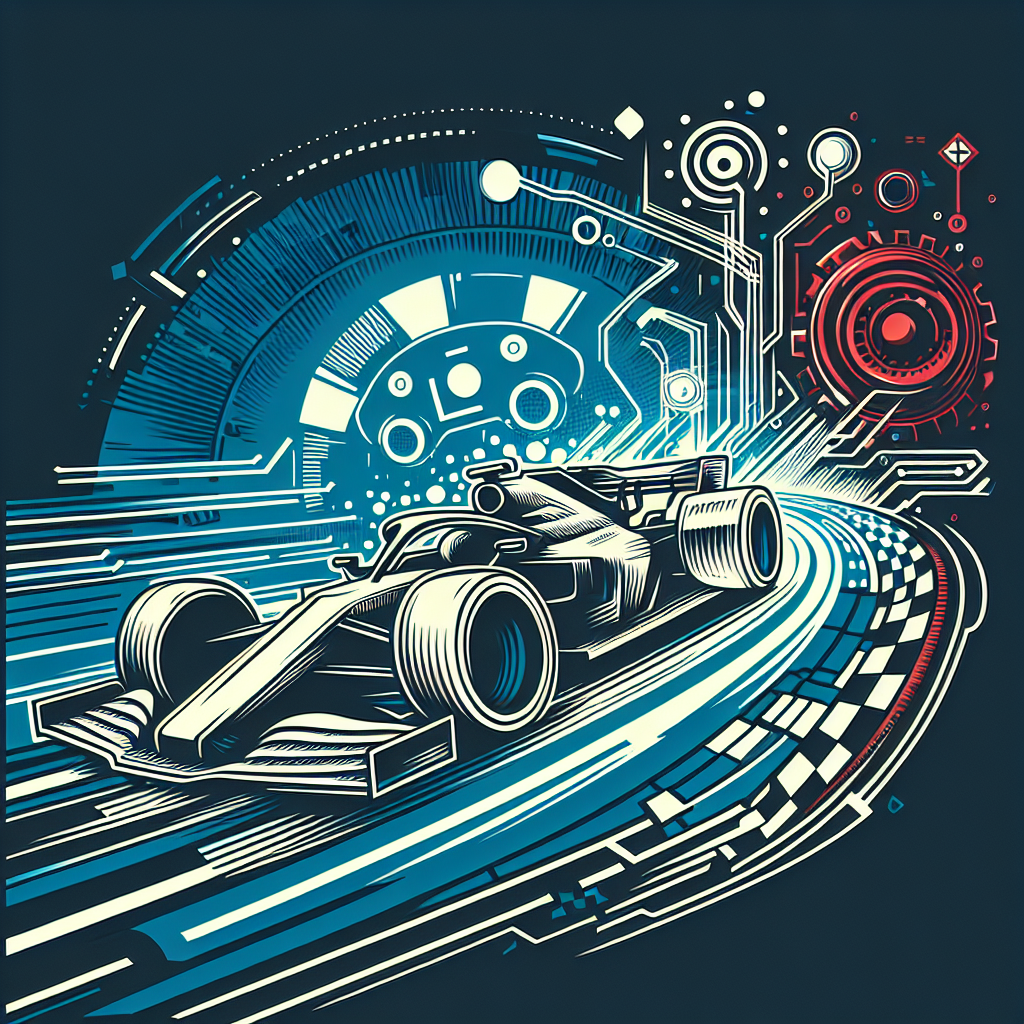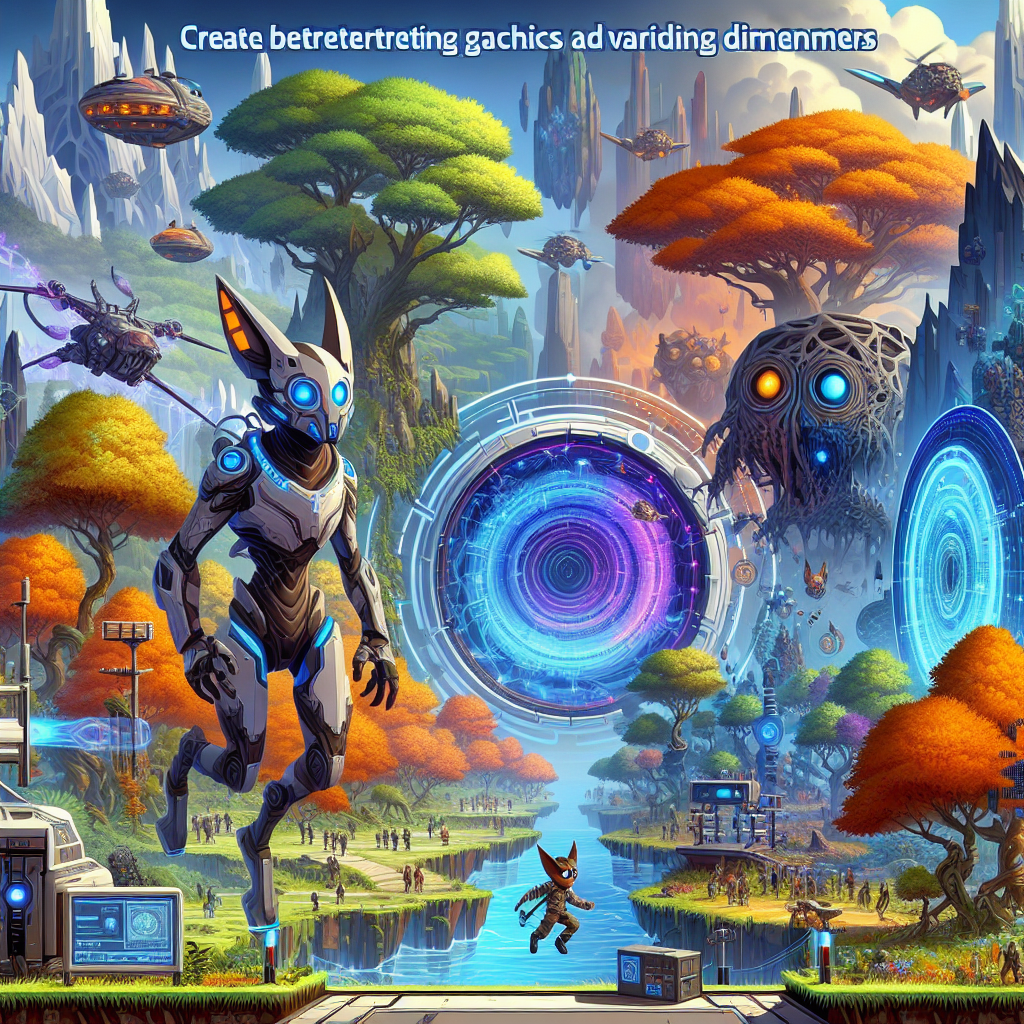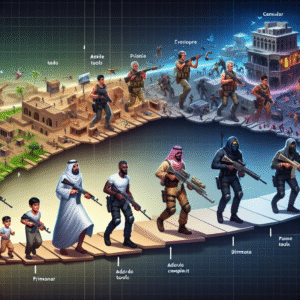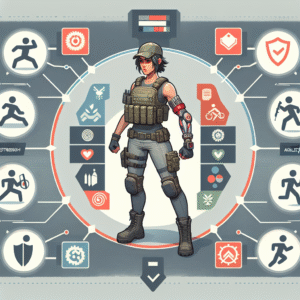Exploring the Impact of Gran Turismo Sport on the Racing Game Genre
Gran Turismo Sport, developed by Polyphony Digital and published by Sony Interactive Entertainment, represents a significant evolution within the racing game genre. Released in October 2017 for the PlayStation 4, it brought several transformative elements that have had a lasting impact on both players and how developers approach racing game design. This analysis explores the ways in which Gran Turismo Sport has influenced the racing game genre, covering its effects on gameplay mechanics, competitive racing, graphics realism, community interaction, and its integration of virtual reality.
Gran Turismo Sport introduced a shift in focus towards online play and competitive esports, setting it apart from its predecessors. Before its release, the series was primarily known for its rich single-player experience filled with a plethora of car models and detailed tracks. However, Gran Turismo Sport’s emphasis on an online-centered experience helped redefine what racing games could aspire to in terms of community involvement and competition. The game’s 2018 FIA-certified Gran Turismo Championships played a pivotal role in legitimizing racing games as part of the esports landscape. This had a ripple effect on the racing game genre, encouraging other developers to emphasize competitive multiplayer features, paving the way for racing games to be taken seriously within the esports arena.
The integration of FIA-sanctioned events within Gran Turismo Sport marked a groundbreaking collaboration between digital and real-world racing. It showcased an unprecedented level of authenticity and credibility, inspiring other racing games to seek partnerships and collaborations with real-world racing associations. This brought enhancements in realism, lending an authenticity that many other titles subsequently sought to emulate. Beyond serving as a precursor for immersive competitive gaming experiences, these partnerships helped create a bridge between traditional motorsport and its digital representation, inspiring cross-promotion and engagement that were previously unexplored in the gaming industry.
Judging by its graphical fidelity, Gran Turismo Sport represented a marked improvement over previous iterations, setting a new benchmark for visual realism in racing games. The game utilized Polyphony Digital’s innovative rendering techniques to simulate realistic lighting, vehicle physics, and sound design. Such attention to detail provided players with a near-photorealistic experience, showcasing the possibilities enabled by the PlayStation 4’s hardware capabilities. By setting these high standards, Gran Turismo Sport challenged other developers to push the boundaries of graphics technology, leading to a general uplift in visual expectations within the genre.
Central to the game’s appeal was its car selection and the detailed vehicle customization options. While many racing games had previously included a variety of cars, Gran Turismo Sport refined the selection with an impressive focus on detail. The game boasted a selection of meticulously crafted vehicles, each mirroring their real-world counterparts down to the finest details. The mechanical fidelity and extensive customization options promoted a deeper level of engagement, fostering a community that valued the authenticity of vehicle simulation. This influenced subsequent racing titles to prioritize depth in vehicle simulation and customization, resonating with both car enthusiasts and casual gamers alike.
Gran Turismo Sport also revolutionized player interaction through robust community features. Leveraging online forums and social media, the game encouraged a vibrant community that interacted not just within the gameplay itself but also through platform-wide discussions. By incorporating periodic developer engagement and feedback loops, Polyphony Digital demonstrated the crucial role of player feedback in evolving game features. The game’s user interface facilitated easy sharing of gameplay photos and achievements, promoting a culture of sharing that extended beyond the game’s immediate environment. This community-oriented approach has had enduring impacts on the genre, underscoring the need for racing games to foster and maintain an engaged player base.
Another significant innovation introduced by Gran Turismo Sport was its integration of virtual reality (VR) capabilities. The introduction of PlayStation VR support brought a new dimension to the racing experience by offering an immersive view from within the car cockpit. Although limited to single-player modes, this feature gave players a heightened sense of immersion, allowing them to feel as if they were truly behind the wheel. The integration of VR technology inspired other racing game developers to explore similar implementations, gradually increasing the presence of VR in the genre.
Gran Turismo Sport’s influence is also apparent in its approach to periodic content updates. The game employed a service model supported by free post-release updates that expanded its content library. These included new cars, tracks, and features, maintaining player interest and engagement over the long term. By adopting this dynamic content model, Polyphony Digital showcased an effective way to extend the lifespan of a racing game, ensuring sustained player interest while building loyalty. This strategy proved so successful that it has become a standard approach within the industry, transforming how racing games manage content updates and player engagement over time.
AI and machine learning-based technologies within Gran Turismo Sport further revolutionized gameplay. Sophisticated AI opponents were introduced to deliver more challenging and rewarding racing experiences. This improvement in AI behavior resulted in more competitive environments, as AI racers could better mimic human-like tactics and strategies. As AI technology continues to evolve, the foundation laid by Gran Turismo Sport in this field underscores the importance of AI sophistication in crafting engaging racing games, further influencing the way developers program in-game opponents elsewhere in the genre.
Gran Turismo Sport also emphasized the importance of detailed analytics as part of the gaming interface. The game’s telemetry options provided players with comprehensive data insights ranging from lap times to vehicle performance metrics. These detailed analytics enabled players to optimize their racing strategies and car settings, cultivating a culture of continuous improvement. For developers, it highlighted a growing demand for advanced analytics within racing games, enhancing players’ ability to assess and refine their skills. This set the bar for future titles striving to include more comprehensive telemetry systems as standard features.
The audio design of Gran Turismo Sport significantly contributed to its immersive experience, setting new standards for sound realism in racing games. The intricate replication of engine roars, tire screeches, and ambient noise pushed the boundaries of auditory realism. This attention to sound detail became a lesson for other developers, highlighting the importance of mixing high-quality audio production with compelling gameplay visuals. The influence of such enhanced audio design can now be seen across many racing titles, which seek to create a holistic sensory experience for players.
Gran Turismo Sport’s race regulations and penalty systems profoundly impacted racing games’ operational standards. To maintain fairness and integrity in competitive races, the game introduced stringent penalty systems for unsportsmanlike behavior and on-track incidents. This emphasis on fair play and sportsmanship set new expectations for the genre, encouraging other developers to implement similar systems. The emphasis on clean racing had the added benefit of improving the overall racing experience by promoting skillful and respectful gameplay, contributing to a more positive and fulfilling online community atmosphere.
The collaborative effort between Polyphony Digital and automobile manufacturers has also set a precedent within the genre. Collaborations with brands led to promotional in-game events and vehicle designs, bridging commercial interests and gaming experiences. The synergy between Gran Turismo Sport’s digital platform and tangible industry products effectively attracted car enthusiasts and gamers alike. The success of these partnerships illustrated the potential of collaborative marketing within the racing genre, expanding avenues for promoting both digital and physical automotive products in innovative ways.
Gran Turismo Sport’s Photo Mode was another feature that significantly enhanced player engagement and broadened the creative scope of racing games. The mode offered high customization of camera angles, filters, and visual effects, enabling players to showcase their creativity by capturing and sharing striking in-game images. This feature not only contributed to player expression but also bolstered community interaction and shared content. Inspired by its success, other titles have increasingly integrated sophisticated photography tools, recognizing their potential for enhancing player engagement and content sharing.
Finally, Gran Turismo Sport’s track design and environmental authenticity played an essential role in influencing future racing games. The meticulous recreation of real-world racetracks supplemented by dynamically realistic environmental elements elevated the in-game racing experience to greater heights. Developers of subsequent racing games have since prioritized authentic track design as a key feature, investing in technology to capture real-world track intricacies and weather conditions as accurately as possible. This trend points to an ongoing legacy within the genre, driven by the evocative racing experiences pioneered by Gran Turismo Sport.












Post Comment